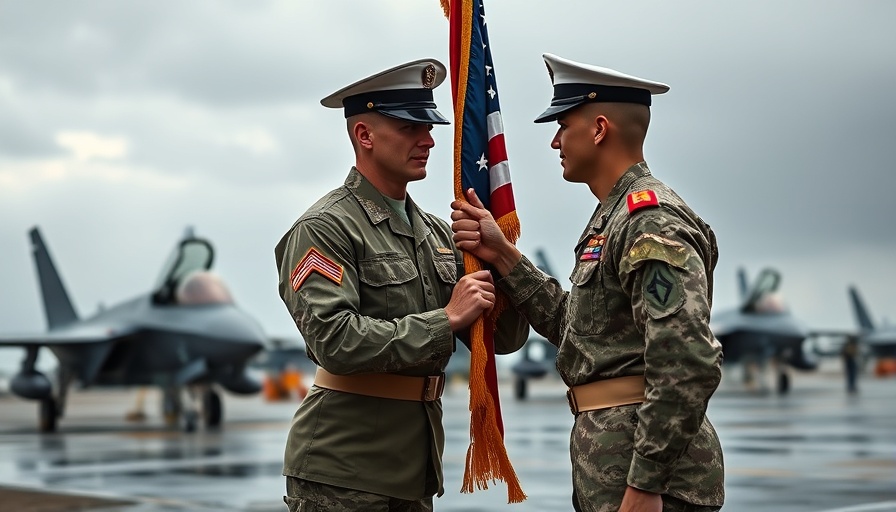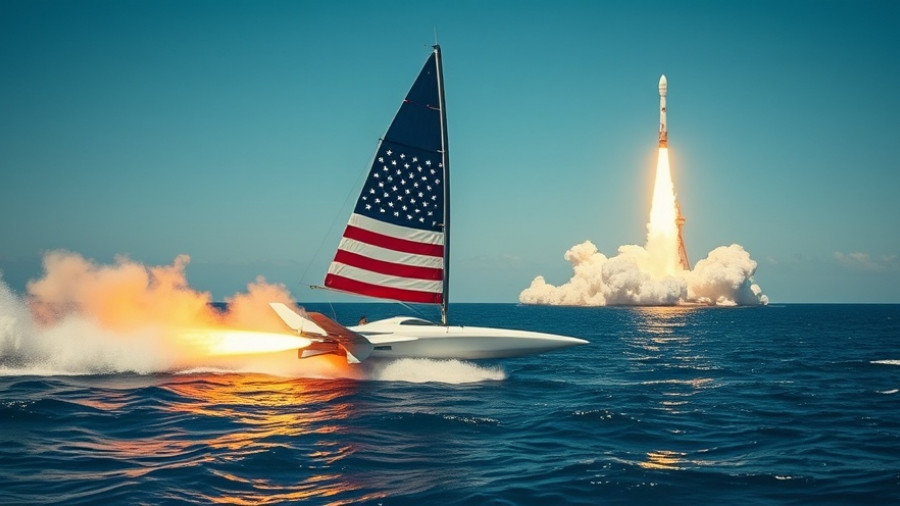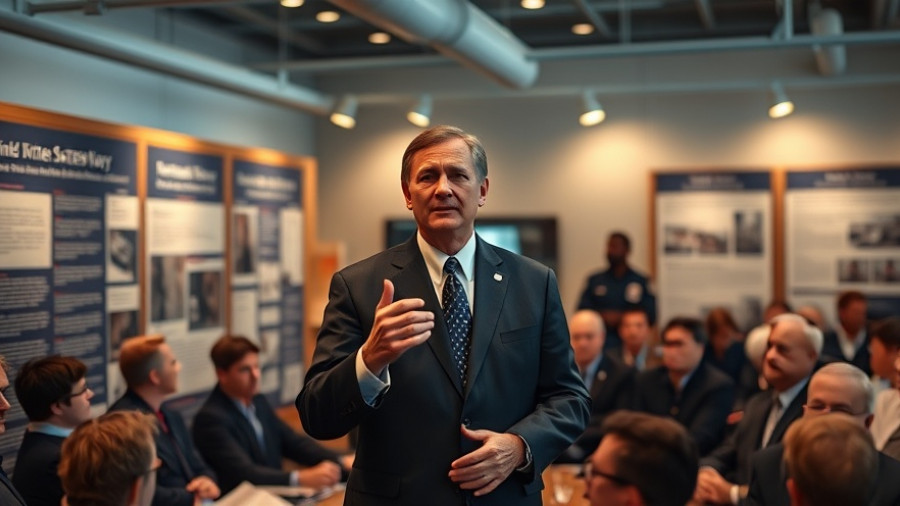
Historic Redesignation Marks New Era for Marine Corps Aviation
On June 26, 2025, the Marine Corps celebrated a pivotal moment in its aviation history with the redesignation of the Marine All-Weather Fighter Attack Squadron (VMFA(AW)) 224 to the Marine Fighter Attack Squadron (VMFA) 224 at Marine Corps Air Station Beaufort, South Carolina. This ceremony not only marks a change in leadership but signifies a transformative transition from the beloved F/A-18D Hornet to the advanced F-35B Lightning II Joint Strike Fighter. As the 'Fightin' Bengals' embark on this new journey, they conclude over three decades of distinguished service as an all-weather fighter attack squadron.
The Legacy of VMFA-224
Dating back to 1942, VMFA-224 has an illustrious history, supporting critical operations in World War II, the Vietnam War, and more recently, the Global War on Terror. With time, the squadron has adapted to technological advancements, embracing changes that ensure their readiness for modern warfare. This tell-tale legacy is carried forward by their new aircraft, the F-35B, equipped with features that enhance performance and combat effectiveness.
The F-35B: A Look into the Future
The transition to the F-35B signifies a leap into next-generation capabilities. Designed for short-takeoff and vertical-landing (STOVL), the F-35B can operate from various platforms including amphibious assault ships. This advanced fighter jet boasts superior stealth and agility, making it a formidable asset on the battlefield. In a rapidly evolving defense landscape, the F-35B elevates the Marine Corps' operational capabilities, ensuring they remain a step ahead of emerging threats.
The Significance of Leadership Changes
Alongside the aircraft transition, the ceremony marked a leadership change from Lt. Col. Jarrod Allen to Lt. Col. John Stuart. Reflecting on the squadron's history, Allen noted, "For over 30 years, the Fightin’ Bengals have superbly executed the mission of a Marine all-weather fighter attack squadron." Stuart now carries the mantle as they adapt to their new identity, ensuring the legacy continues to inspire future aviators.
Community Engagement and Support
This redesignation serves as a potent reminder of the strength and spirit of the Marine Corps community. Local families and supporters gathered for the ceremony, expressing pride in the men and women who serve. Events like these not only celebrate military achievements but also strengthen community ties, as citizens rally to support the brave service members and their families.
Looking Ahead: A Call to Celebrate Innovation and Heritage
The transition to VMFA-224 signifies more than just a change in equipment; it highlights the enduring spirit of innovation and dedication within Marine Corps aviation. As the 'Bengals' prepare for their next chapter, it’s an opportune time for communities to engage with and celebrate their service members. Encouraging stories of veterans and the next generation of aviators strengthens bonds and instills pride across communities. Let's continue to honor those who serve by sharing their stories and supporting our local military families.
 Add Row
Add Row  Add
Add 




Write A Comment